Everyday life during the renaissance
Step into the world of the Renaissance, a vibrant period spanning from the 14th to the 17th century, characterized by a revival of art, culture, and intellect. It marked the transition from medieval times to the modern age, influencing various aspects of life.
The term ‘Renaissance’ signifies ‘rebirth’, encapsulating the era’s spirit of exploration and rediscovery of classical philosophy and literature. This period saw a blend of science and art, with figures like Leonardo da Vinci and Michelangelo leading the charge.
The Renaissance Home: From palaces to Cottages
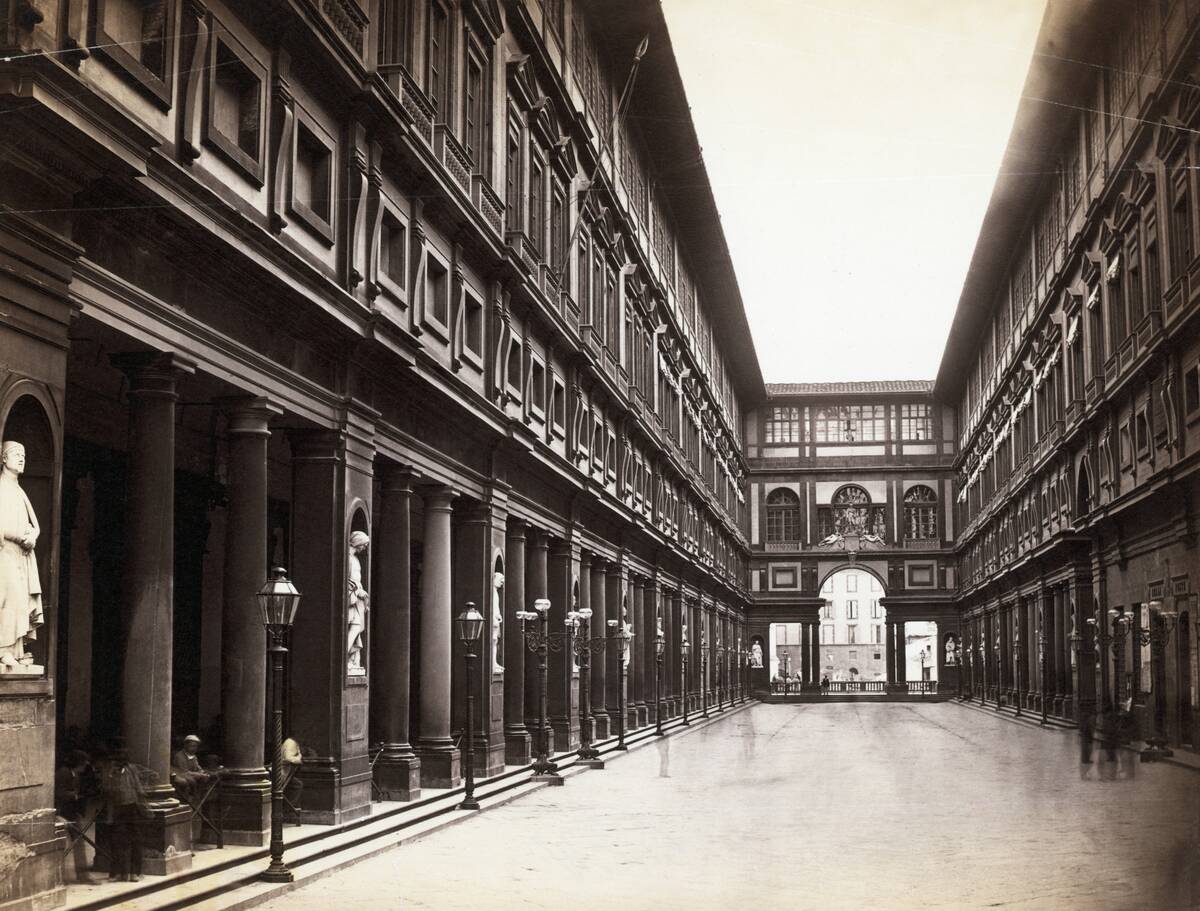
Homes during the Renaissance varied greatly, from grand palaces to humble cottages. Nobility lived in palaces, often fortified structures with expansive gardens and luxurious interiors. These palaces were centers of power and diplomacy, often hosting important gatherings.
On the other hand, the common people resided in simple cottages made of timber or stone, with thatched roofs. Despite their simplicity, these homes were functional, providing a cozy environment for families to gather around the hearth.
Clothing and Fashion: Dressing to Impress in the 15th Century
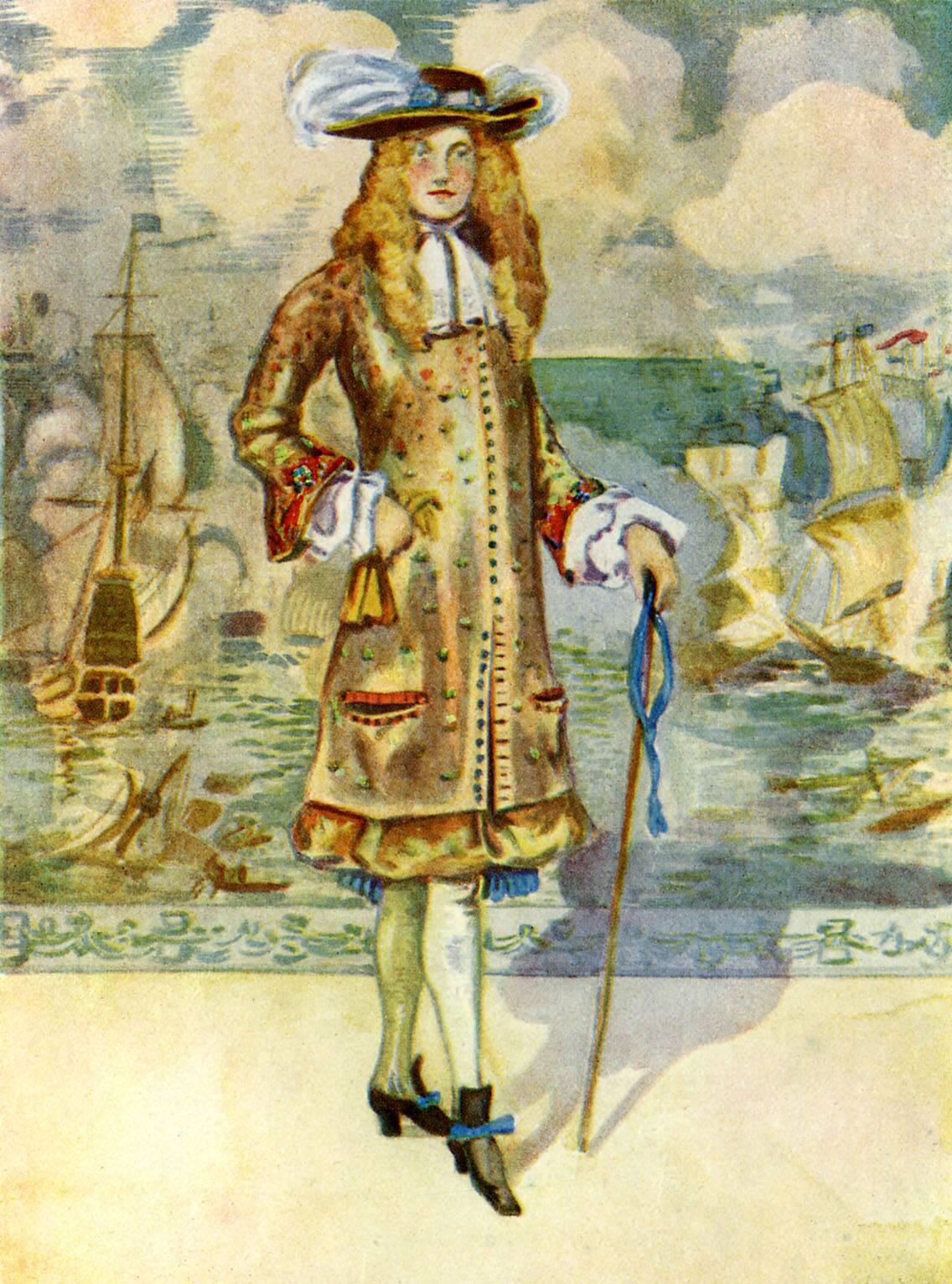
Fashion during the Renaissance was a statement of social status, with elaborate clothing adorned by the wealthy. Fabrics like silk, velvet, and brocade were popular among the elite, often embellished with intricate embroidery.
The sumptuary laws dictated what one could wear, ensuring that only the affluent could afford luxurious materials. Meanwhile, peasants wore practical garments made of wool or linen, designed for durability and daily labor. Fashion was not just about aesthetics; it was a reflection of one’s place in society.
The Renaissance Diet: What’s for Dinner?
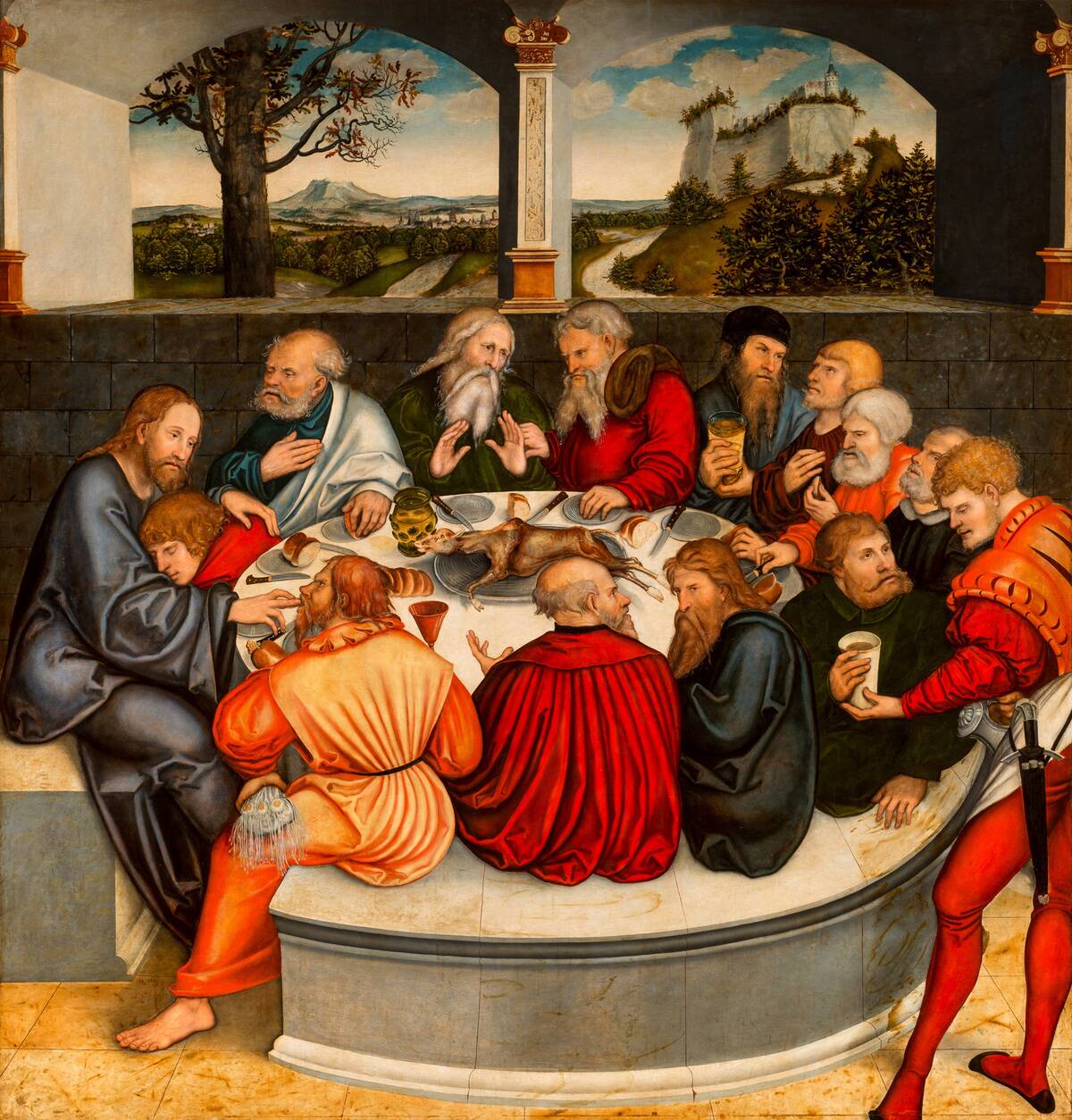
The Renaissance diet was as diverse as its social structure. The wealthy indulged in a variety of meats, including game and fish, often seasoned with exotic spices. Their meals were grand affairs, showcasing their affluence and taste.
Commoners had a simpler diet, consisting of bread, pottage, and vegetables from their gardens. Meat was a luxury, reserved for special occasions. The introduction of new foods from the Americas, like corn and turkey, gradually began to influence European cuisine.
Work and Occupations: Earning a Living in the Renaissance
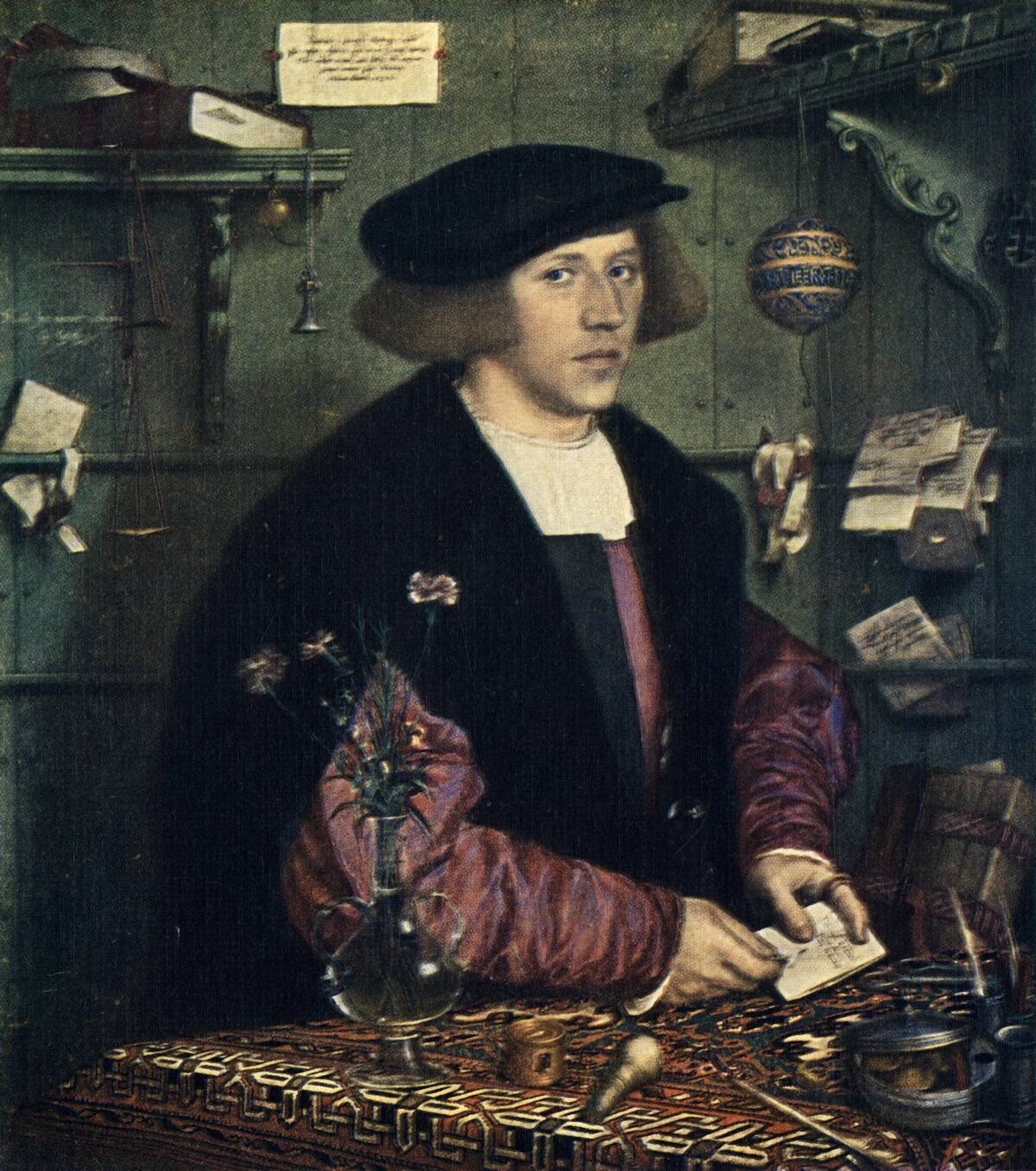
During the Renaissance, one’s occupation was often tied to their social class, with artisans, merchants, and laborers forming the backbone of urban life. Artisans were highly respected for their skills, crafting goods from textiles to metalworks.
Merchants played a vital role in the economy, facilitating trade and commerce across regions. In rural areas, farming remained the primary occupation, with peasants working the land. Guilds were influential, regulating trades and ensuring quality standards in various crafts.
Education and Learning: The Rise of the Renaissance Scholar
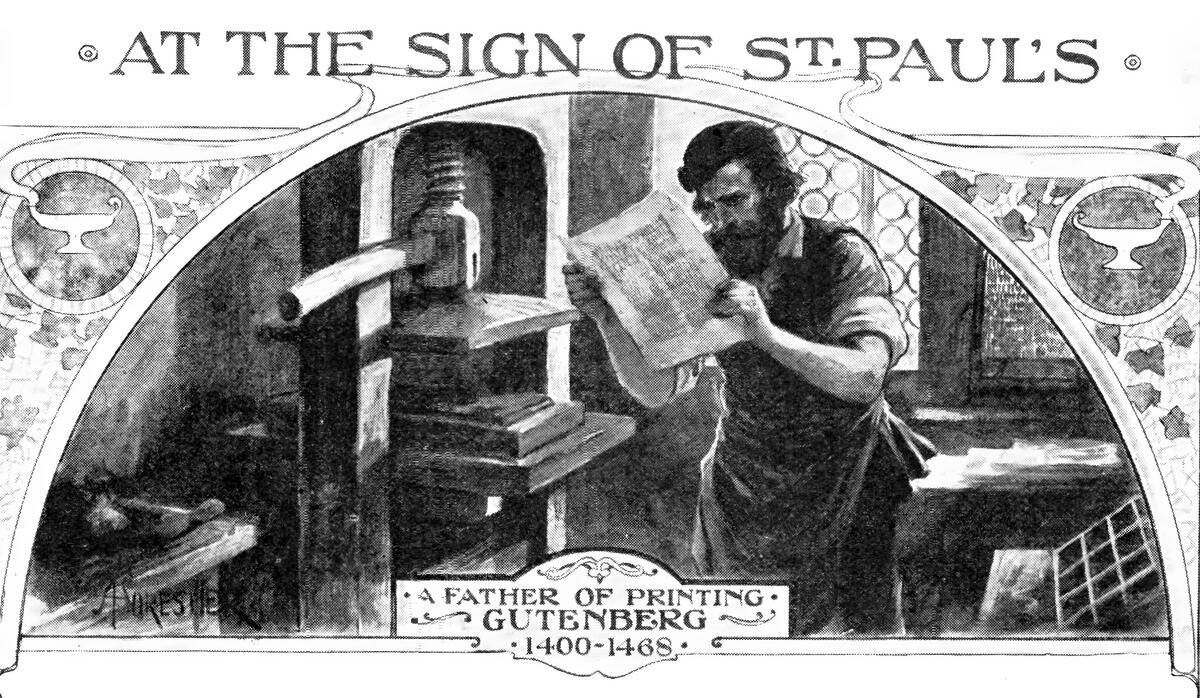
Education flourished during the Renaissance, marked by the establishment of universities and the spread of humanist thought. Scholars were encouraged to study classical texts, fostering a spirit of inquiry and intellectual growth.
The invention of the printing press by Johannes Gutenberg in the mid-15th century revolutionized learning, making books more accessible. Literacy rates began to rise, albeit slowly, as education became increasingly valued. The era’s emphasis on knowledge laid the groundwork for future scientific and cultural advancements.
Arts and Entertainment: A Day at the Renaissance Faire
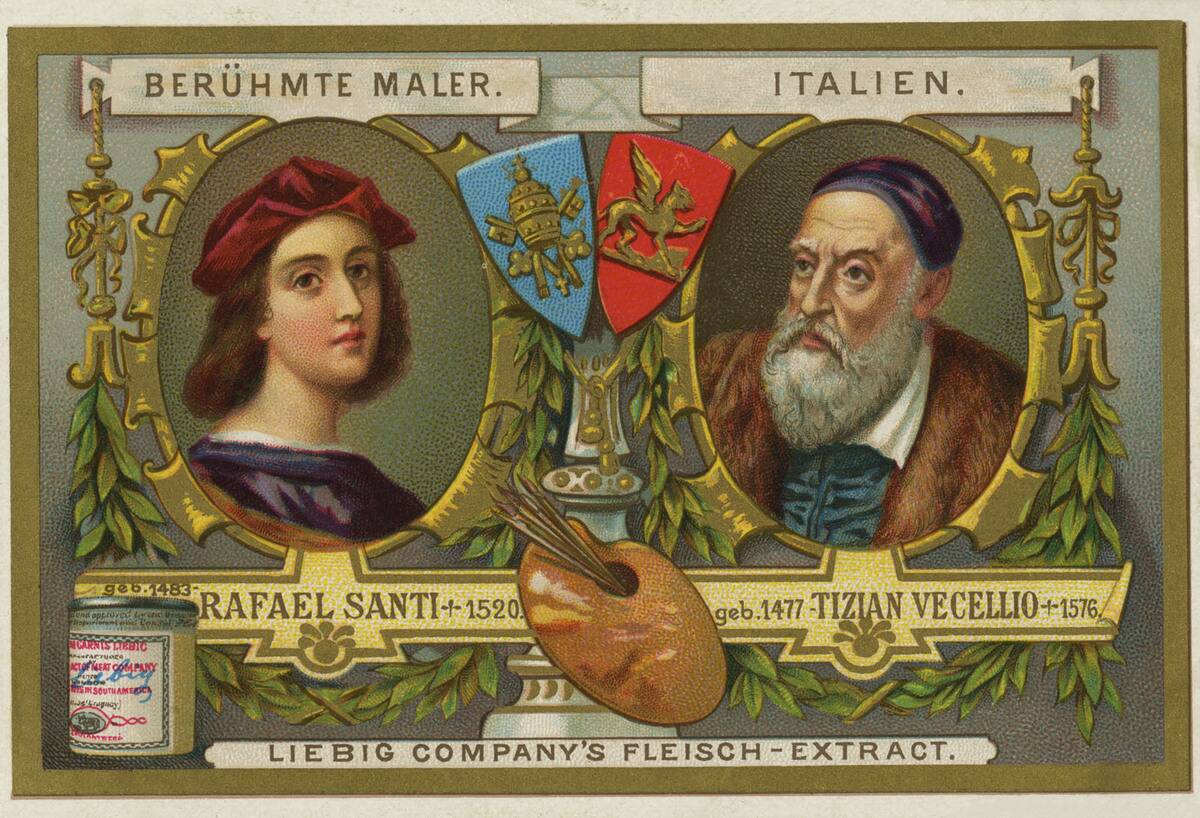
Art and entertainment were central to Renaissance culture, with fairs and festivals showcasing the era’s creativity. These events were lively gatherings, featuring music, theater, and dance, often held in public squares. Artists like Raphael and Titian were revered, their works celebrated for their beauty and innovation.
Theatrical performances, including those by William Shakespeare, captured the imagination of audiences, blending humor and drama. These gatherings were not only for entertainment but also served to strengthen community bonds.
Social Hierarchies: Navigating the Class System
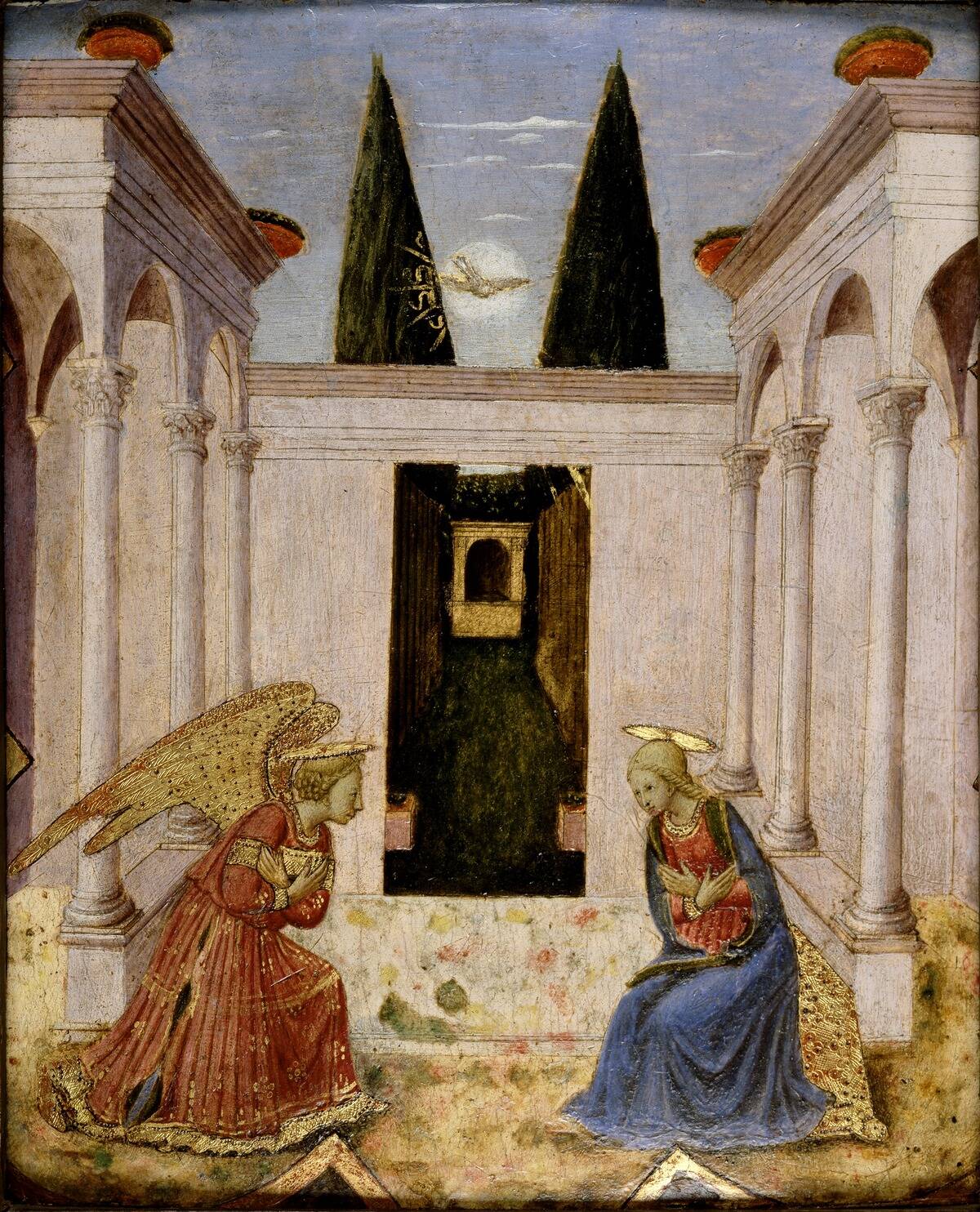
The Renaissance social structure was hierarchical, with clear distinctions between the nobility, merchants, and peasants. Nobility held significant power and land, often participating in politics and governance. The merchant class, growing in influence, played a crucial role in the economic prosperity of cities.
Peasants, making up the majority of the population, worked the land and served the upper classes. Mobility between these classes was limited, but the rise of trade and education offered some opportunities for advancement.
Health and Medicine: Remedies and Cures of the Time
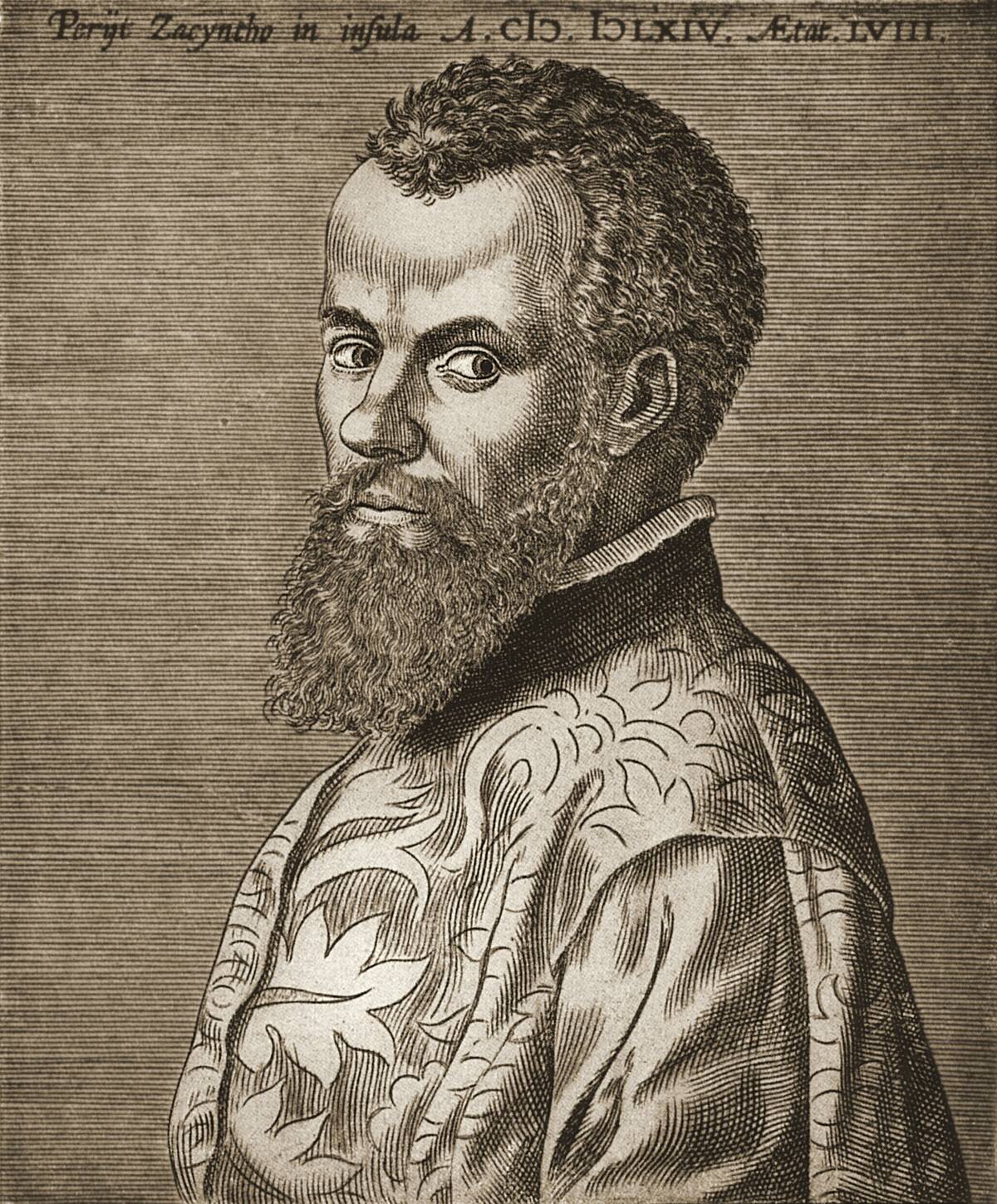
Medicine in the Renaissance was a blend of ancient practices and emerging scientific inquiry. Physicians relied on the humoral theory, balancing bodily fluids to maintain health. Herbal remedies were common, with plants like rosemary and sage used for their medicinal properties.
The period also saw the beginnings of modern anatomy, with figures like Andreas Vesalius challenging traditional beliefs through dissection and observation. Despite these advances, healthcare remained rudimentary by today’s standards, and many relied on folk medicine.
Festivals and Celebrations: Partying Like It’s 1499
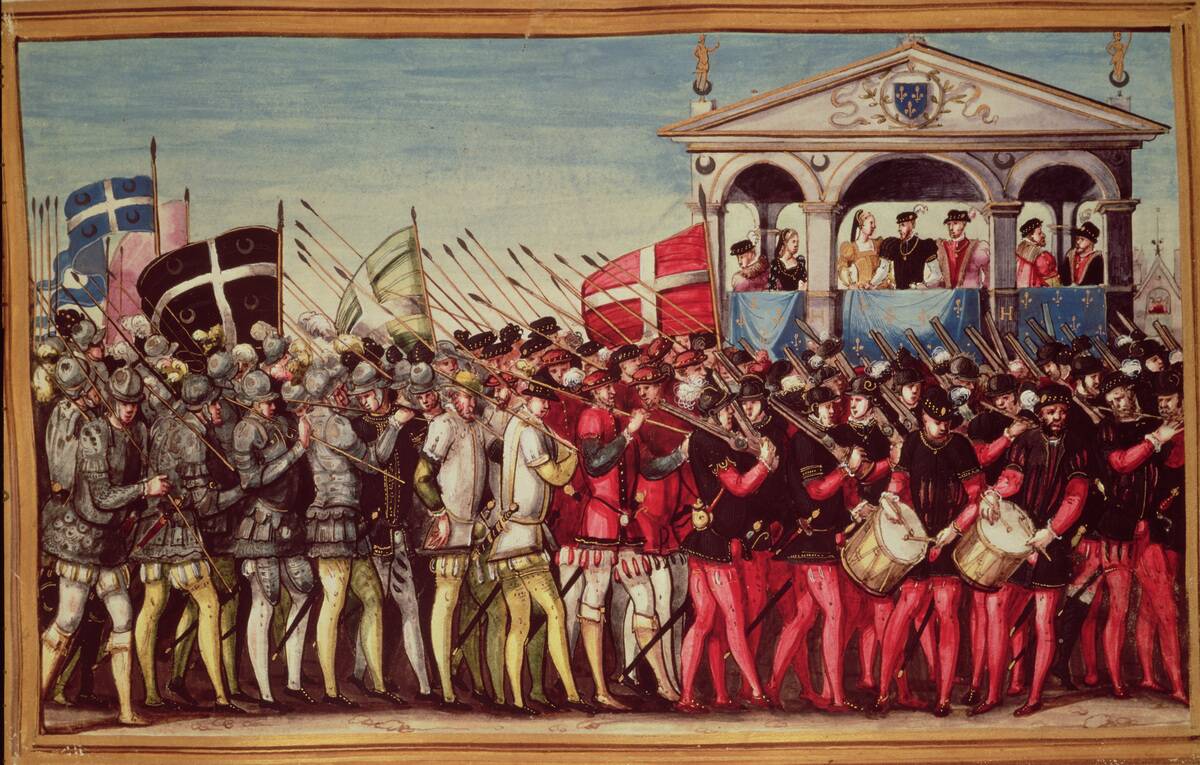
Renaissance festivals were vibrant celebrations, marking religious and seasonal events with pomp and pageantry. Carnivals, particularly before Lent, were colorful affairs featuring masks, costumes, and parades. Harvest festivals celebrated the bounty of the land, with feasting and dancing.
Religious feasts honored saints and holy days, with processions and masses. These events provided a break from daily life, bringing communities together in joy and reflection. They were a testament to the era’s love for spectacle and tradition.
Family Life: Roles and Responsibilities at Home

Family life in the Renaissance was structured and hierarchical, with clear roles for each member. The patriarch typically held authority, responsible for decision-making and providing for the family. Women managed the household, overseeing domestic tasks and raising children.
Marriage was often arranged, serving as a means to strengthen social or economic ties. Children were expected to contribute to the household from a young age, learning skills and trades. Despite these roles, family bonds were strong, providing stability and support.
Religion and Spirituality: Daily Devotions and Beliefs

Religion was a central aspect of life during the Renaissance, influencing art, culture, and politics. The Catholic Church held significant sway, though the period also witnessed the rise of Protestantism, leading to religious reforms and conflicts. Daily life was punctuated by religious observances, with masses, prayers, and rituals forming a routine part of existence.
The era’s art often reflected religious themes, with masterpieces like Michelangelo’s Sistine Chapel ceiling depicting biblical scenes. Faith provided a framework for understanding the world and one’s place in it.
Trade and Commerce: The Marketplace and Beyond

Trade and commerce flourished during the Renaissance, driven by the growth of cities and the expansion of trade routes. Markets were bustling centers of activity, where merchants sold goods ranging from spices to textiles. The rise of banking, particularly in cities like Florence, facilitated economic transactions and the growth of a wealthy merchant class.
International trade expanded with explorations, bringing products like silk and spices from Asia. This economic dynamism contributed to the overall prosperity of Renaissance society.
Travel and Exploration: Journeys of Discovery

The Renaissance was an age of exploration, with figures like Christopher Columbus and Vasco da Gama embarking on voyages that expanded the known world. These explorations were driven by the desire for new trade routes and the quest for wealth.
The discovery of the Americas and sea routes to Asia opened up new opportunities for trade and conquest. Maps and navigation techniques improved, enabling further explorations. These journeys had a profound impact, leading to cultural exchanges and a broader understanding of geography.
Architecture and Urban Life: The Renaissance Cityscape
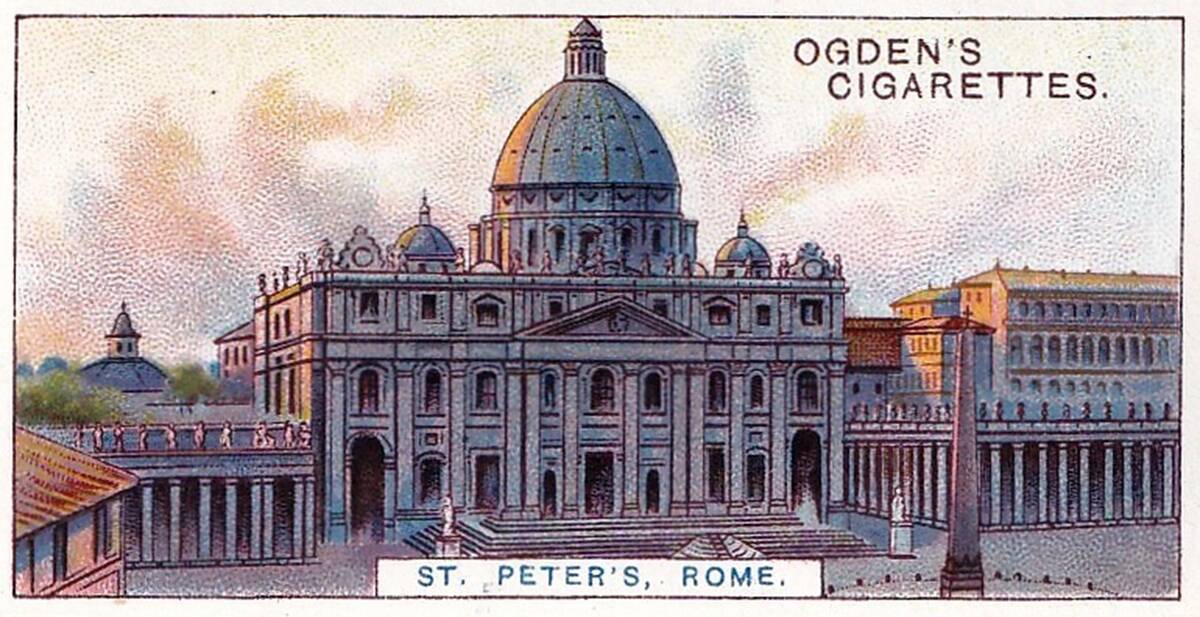
Renaissance architecture was marked by a return to classical forms, emphasizing symmetry, proportion, and geometry. This style is epitomized by structures like St. Peter’s Basilica, designed by Bramante and Michelangelo. Cities flourished, becoming centers of culture and commerce, with public spaces like piazzas serving as social hubs.
Urban planning improved, with wide streets and efficient infrastructure. The grandeur of Renaissance architecture reflected the era’s values, blending beauty with functionality and elevating the urban landscape.
Law and Order: Justice and Crime in Renaissance Times
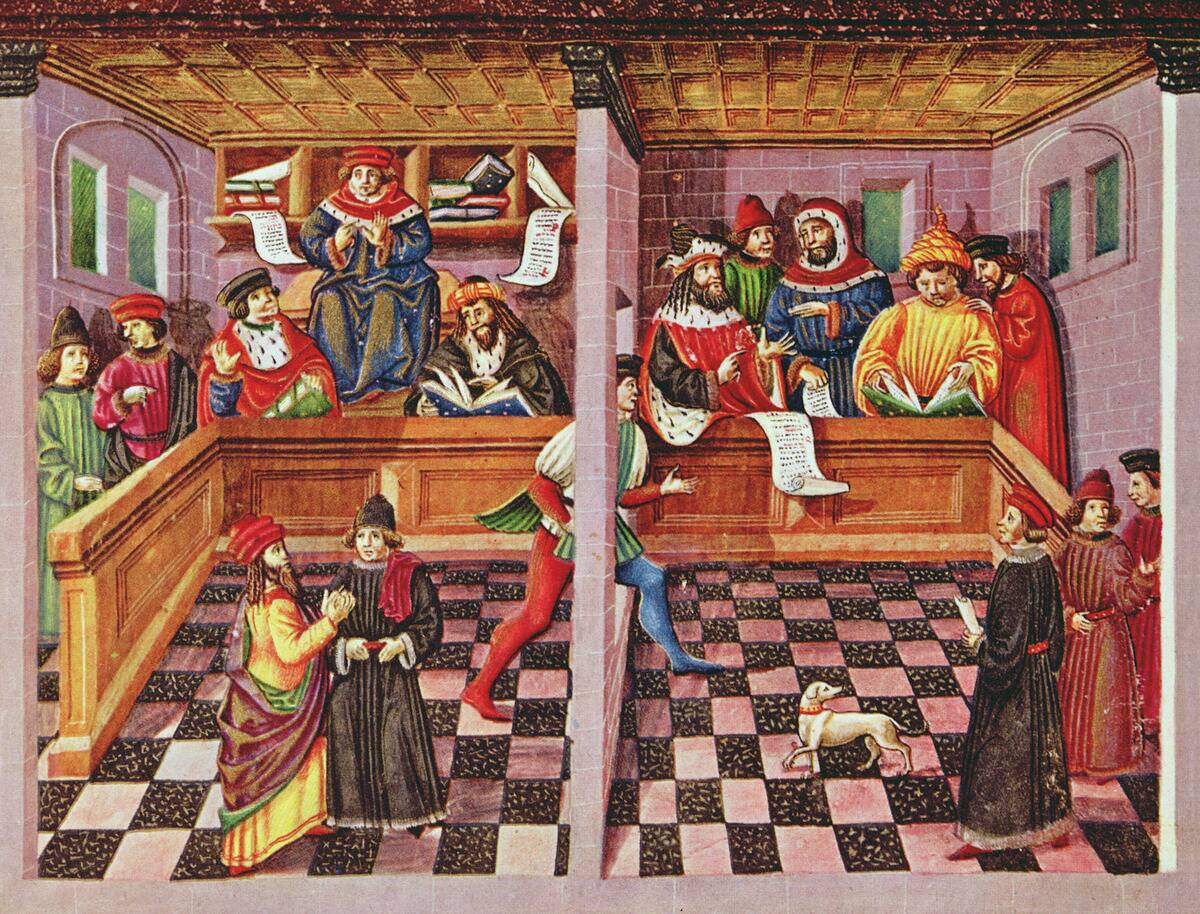
The legal system in the Renaissance was a mix of local customs and emerging centralized laws. Justice was administered by local magistrates, with severe punishments for crimes ranging from theft to treason. Trials often relied on witness testimony, with little forensic evidence.
The concept of due process began to take shape, though it was far from today’s standards. Despite the harshness of some penalties, the period saw efforts to codify laws and establish order in rapidly growing cities.
Language and Communication: The Power of the Written Word

The Renaissance was a time of linguistic flowering, with a renewed interest in classical languages like Latin and Greek. The invention of the printing press revolutionized communication, making books widely available and promoting literacy. Vernacular languages gained prominence, with writers like Dante and Chaucer contributing to their development.
This linguistic shift allowed for a broader dissemination of ideas, fostering intellectual growth. The written word became a powerful tool for education and cultural exchange, shaping the course of the Renaissance.



